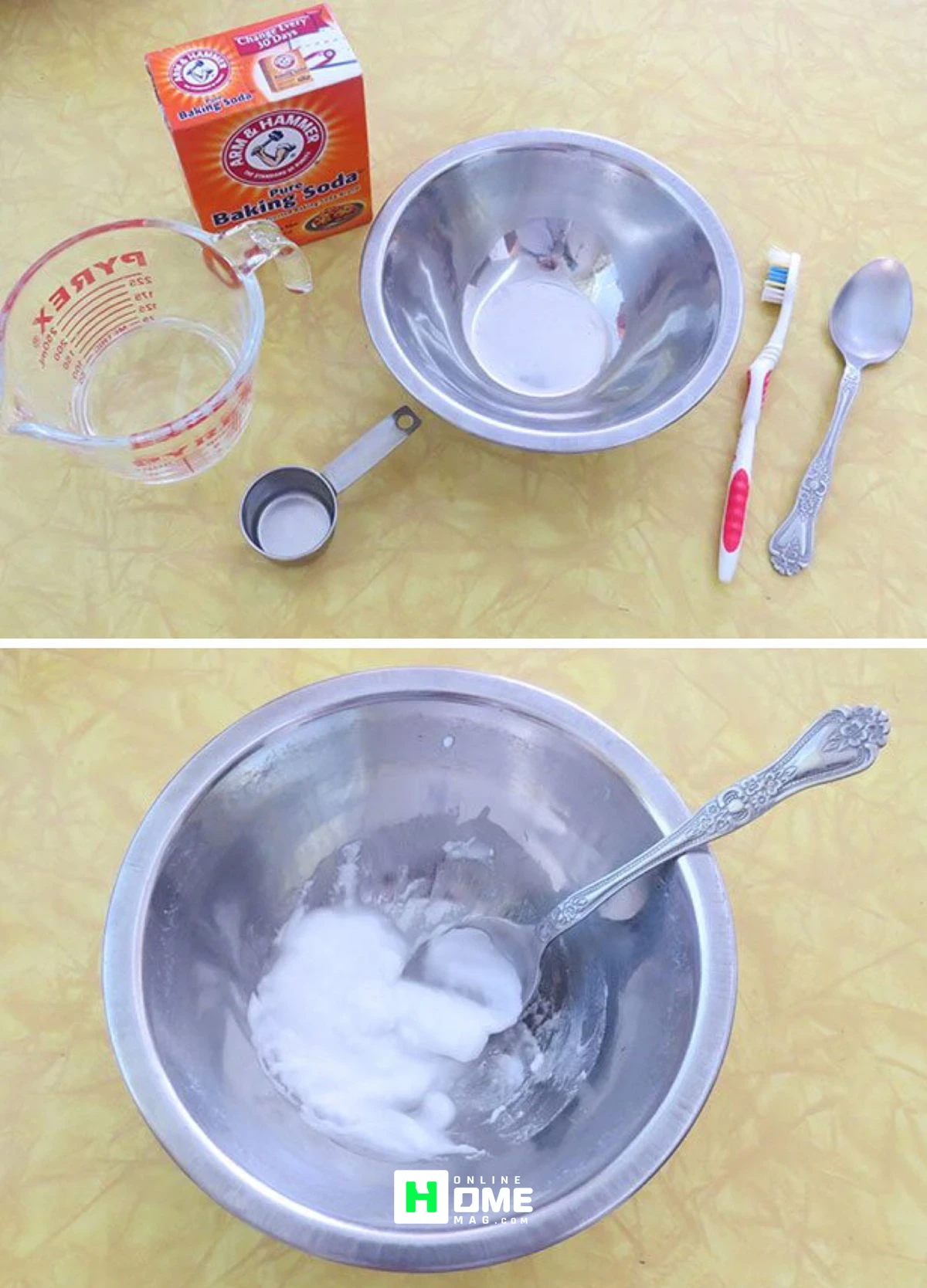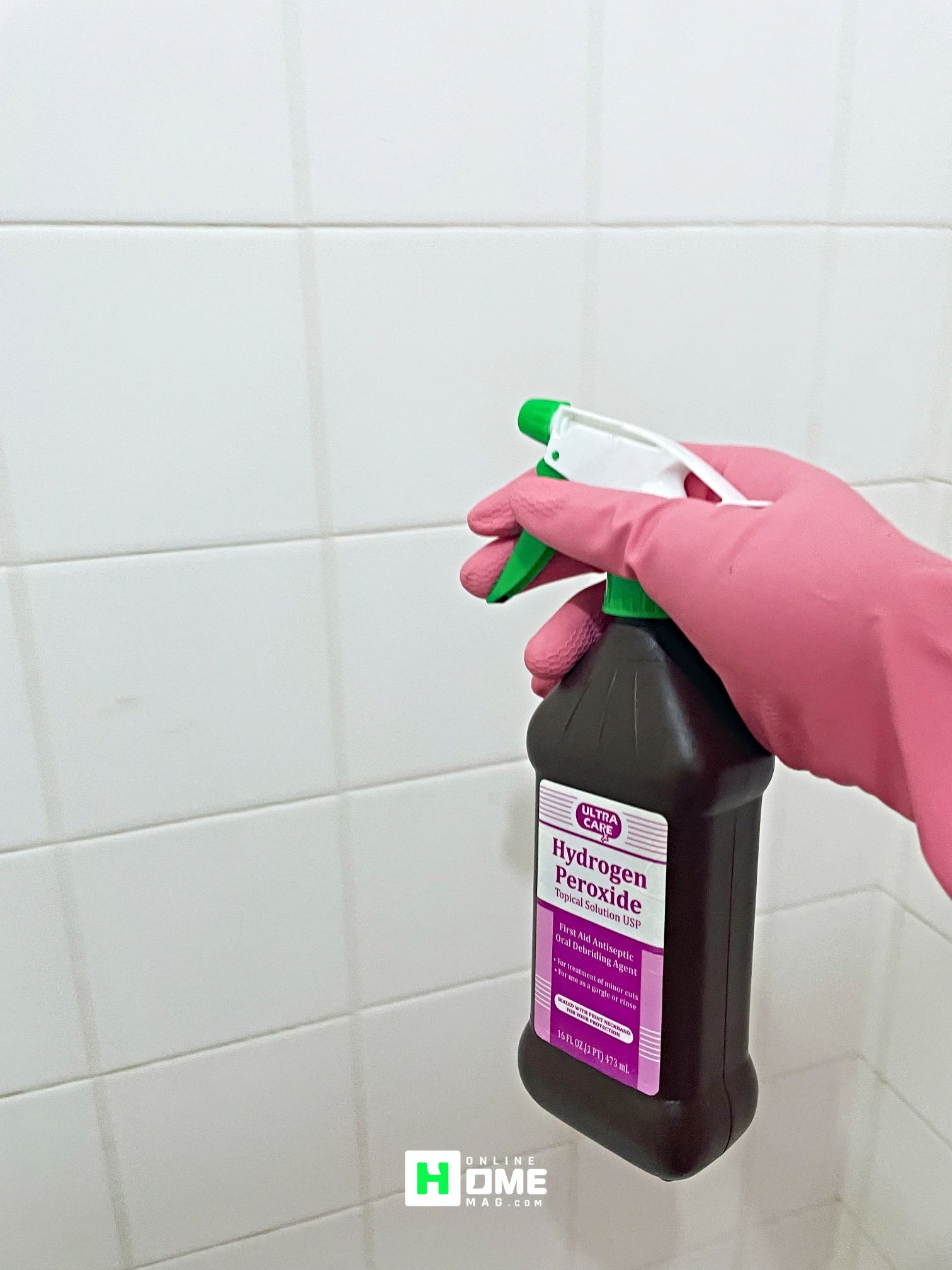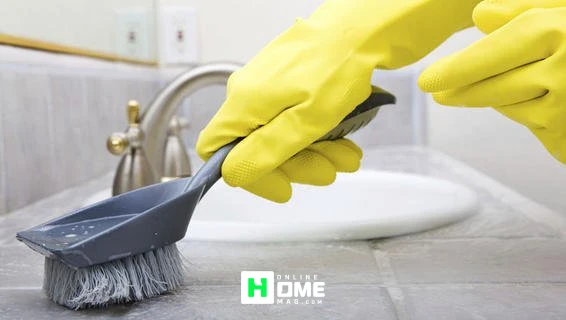🕓 Last updated: July 16, 2025
Why Does Mold Grow in Grout?
Because grout is porous and absorbs moisture, it becomes a common place for mold to grow especially in warm, humid bathrooms with poor ventilation. Over time, this buildup can lead to unpleasant stains and health risks like allergies or respiratory irritation. Understanding why mold develops is the first step toward effectively removing mold from tile grout and preventing it from returning.
Why Choose Natural Methods?
Many commercial mold removers contain bleach, ammonia, or synthetic fragrances that release harmful fumes and irritate skin or lungs. In contrast, natural cleaning solutions such as vinegar, baking soda, hydrogen peroxide, and essential oils are effective, eco-friendly, and safe to use regularly. Using natural methods is a healthier and more sustainable way of removing mold from tile grout.
What You’ll Need:
- Baking soda
- White vinegar
- Hydrogen peroxide (3%)
- Water
- Spray bottle
- Grout brush or old toothbrush
- Microfiber cloth
- (Optional) Essential oils like tea tree, lavender, or lemon
Step-by-Step: Removing Mold from Tile Grout Naturally
Step 1: Make a Baking Soda Paste
Start by mixing 3 parts baking soda with 1 part water to create a thick, spreadable paste. Apply the paste directly onto the affected grout lines. Let it sit for 10–15 minutes. Baking soda acts as a gentle abrasive and helps lift mold stains from the surface.

Step 2: Spray with White Vinegar
Next, pour undiluted white vinegar into a spray bottle and lightly mist the areas where you applied baking soda. The vinegar reacts with the baking soda, producing a fizzing action that further loosens mold. Let the solution sit for another 10–15 minutes.
Step 3: Scrub the Grout
Use a grout brush or an old toothbrush to scrub the grout lines thoroughly. Focus on one small area at a time, and apply steady pressure. This scrubbing action physically removes mold from deep within the grout.
Step 4: Rinse with Warm Water
After scrubbing, wipe the area clean with a damp microfiber cloth. Rinse the area with warm water to remove any remaining residue.
Step 5: Use Hydrogen Peroxide for Stubborn Mold
If some mold stains remain, spray 3% hydrogen peroxide directly onto the grout. Let it sit for 10 minutes, then scrub again. Hydrogen peroxide acts as a natural disinfectant and mild bleaching agent, making it ideal for persistent mold.
Add Essential Oils for Extra Power and Scent
Essential oils like tea tree, lemon, and lavender have natural antifungal and antibacterial properties. Add 5–10 drops of tea tree oil to your vinegar spray bottle for an extra mold-fighting boost and a fresher scent.

How to Prevent Mold from Returning
Preventing mold is just as important as removing it. Follow these tips to keep your bathroom mold-free:
- Improve Ventilation: Install or use an exhaust fan during and after showers. Leave the bathroom door open to allow moisture to escape.
- Dry Surfaces Daily: Use a squeegee or towel to dry tiles, grout, and glass surfaces after each use. Mold thrives in wet conditions.
- Seal Your Grout: Apply a grout sealer every 6 to 12 months to create a barrier that resists moisture and mold growth.
- Use a Natural Mold-Prevention Spray

Create a DIY daily spray using:
- 1 cup water
- 1 tablespoon vinegar
- 5–10 drops essential oil (tea tree or lemon)
Spray this on tiles and grout after each shower. No rinsing needed.
Regular Cleaning Schedule
Clean your bathroom tiles and grout weekly using a vinegar and water solution. Consistency is key to mold prevention.
Pro Tips for Success
- Test in a small area before using any new mixture on large sections of grout.
- Don’t mix vinegar and hydrogen peroxide in one container—it can create harmful vapors.
- Label your spray bottles if you make your own cleaners.
- Use protective gloves if you have sensitive skin.
Common Mistakes to Avoid
- Ignoring ventilation: Always ensure airflow after using the shower.
- Using too much water: Excess water can seep into grout and promote mold.
- Skipping rinsing: Always rinse off baking soda and vinegar residue to avoid buildup.
Removing mold from tile grout doesn’t require harsh chemicals or expensive cleaners. With natural ingredients like baking soda, vinegar, hydrogen peroxide, and essential oils, you can safely and effectively clean your bathroom while protecting your health and the environment. Regular maintenance, proper ventilation, and preventative measures are the keys to keeping grout mold-free in the long term. Embrace these natural solutions and enjoy a cleaner, fresher bathroom every day.


